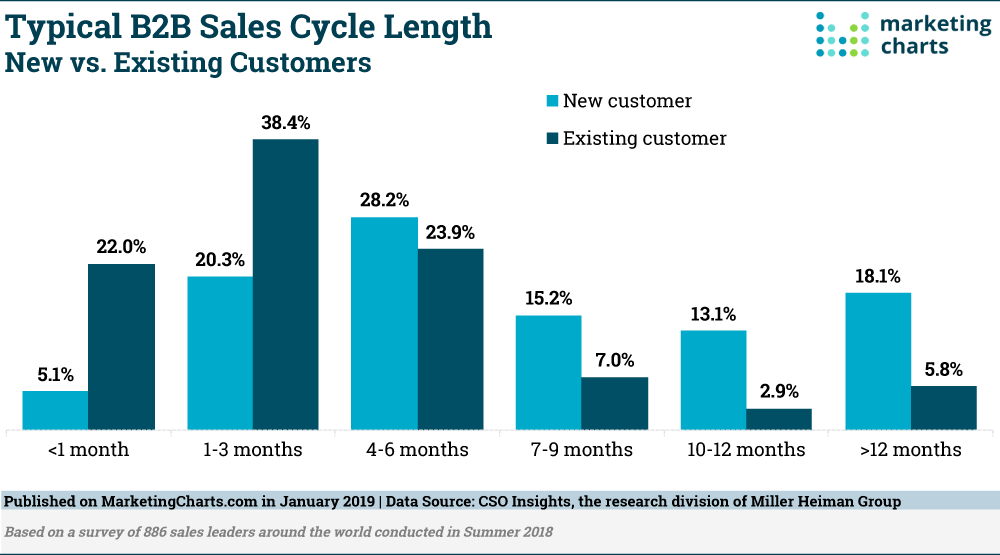9 Simple Strategies To Speed Up Your Sales Cycle
Understanding the 5 stages of the sales cycle and what you can do to speed it up.
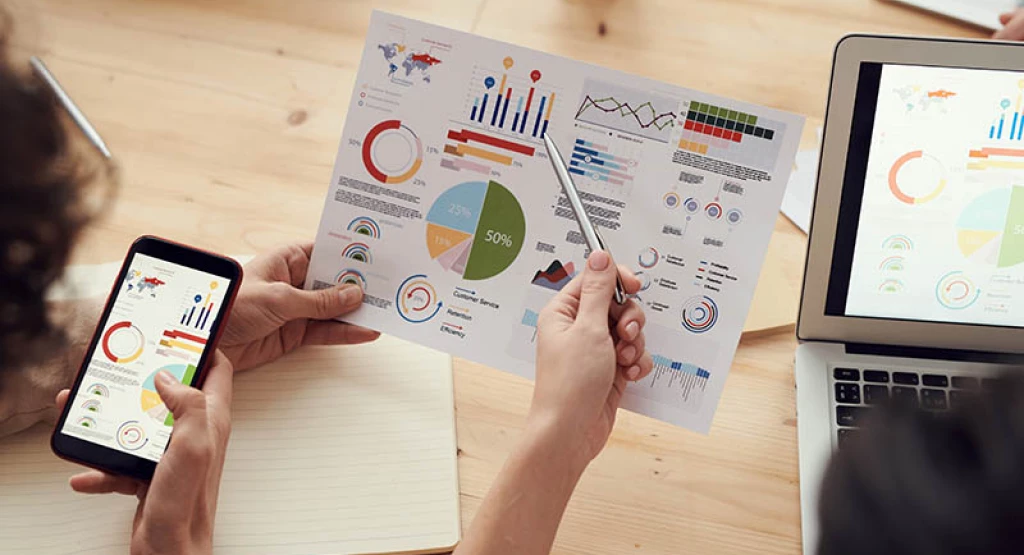
How to Speed Up Your Sales Cycle
The never-ending quest for a perfectly optimised sales cycle could be compared to Monty Python’s search for the Holy Grail. Businesses will always try and find a way to optimise their sales cycle, but this road is treacherous and there are many killer bunnies lurking that might hinder your growth!
As always, there will be a short lesson about sales cycles for our readers that might not be up to speed with the term. And for our experts, the rest of the article will explain how to speed up your sales cycle, so bear with us.
What goes on in the Cycle?
A sales cycle is a process that registers all the interactions between your company and your potential customers. Sale cycles can last from less than a month upwards to over a year, depending on the industry, product and if the customer new or returning.
From the first contact, which can be anything from a response to a marketing advert, cold call pitch, or a straightforward question to your support team, your staff will be responsible for guiding customers to the final sale.
By assessing its individual stages, you’ll be able to understand the length of your sales cycle and which stages need to be improved to shorten it. Some sales cycles naturally take more time than others, but even they might be shortened to be more effective.
Five Stages of a Sales Cycle
Prospecting
At this stage, you are looking for leads that might be convertible. It’s very important to decide how to approach them, as not all customers are interested in the same thing. Blindly offering your products will just waste your time, and might agitate a possible lead.
Contact
Depending on how the contact was made, you’ll apply a different approach. If someone has left their information on your website to gain access to a free ebook, they are most likely not ready to buy anything. These leads still require some nurturing. But on the other hand, if someone contacted you asking for a quote or a product demo, try and reply as swiftly as possible. Sometimes your lead might not answer right away, but don’t be disheartened as it usually takes between 8-12 calls for them to pick up.
Qualify
The first few stages might include some rough qualifying, but before you go further, it’s important to know all the details. The most common methodology is BANT, which is an acronym of four very important questions: Budget, Authority, Need, and Time. With these dialled in, you’ll have a full picture of what to expect from that customer.
Make an Offer
If your lead is looking at your pricing page, signing up for trials, or using a free version of your product, it’s a perfect time to make an offer. Your sales rep should focus on your customer’s pain points and present a solution.
Close and Continue to Nurture
If you can put a check mark on all of the stages above, your lead is ready to make the leap. After you close the sale, continue to nurture your customer and learn more about their future needs.
How to Speed Up The Process
With the five stages of a sales cycle explained, now we can go on to the micromanagement of all the processes which will speed everything up.
Automate!
Sales reps spend 21% of their time writing emails, and 17% on prospecting and researching leads. Mundane mechanical tasks should be done by software automation, so your sales reps can commit to high-value issues that can only be solved by a human.
You can start by automating simple tasks like data entry and data gathering, and then move on to full sales force automation.
By using marketing, email, and sales automation, all of your campaigns will be more efficient, visible, and accessible to each team member. Don’t forget that with sales timing is everything, and with a CRM software that provides all of these features, you’ll always be on point.
Set a Clear Goal
Before picking up the phone, think about the goal for that call. The end goal is, obviously, to make a sale but not every prospect who is ready to talk to you will buy something if your opening sentence is “Our product costs $100, please make a payment to this account in the next few hours.”
Every sales representative has to have excellent communications skills. Your customer wants to feel that your goal is to help them – they want a human interaction, not one they can have with a vending machine. No one wants to feel used!
It’s be best if you can determine what exactly the customer wants to talk about before you make the call. Maybe they’re just interested in a new feature but they’re not ready to buy. Knowing this, you’ll be able to set a common goal, which will help map out your conversation before it happens.
Transparent Pricing
For the sales cycle to be fast, there shouldn’t be any surprises along the way. Imagine buying something in the store that has one price on the shelf, but a different one when you get to the register.
If you try and hide all the extra costs and fees that might come with some features, you will almost always pay the price. It might be tempting to hide them to soften the blow, but if your product is expensive, you just need to have a valid explanation why that’s the case.
By being truthful you’ll gain trust of your customers, but it will also save you from easily avoidable objections in the future.
Focus on The Most Active Channels
One of the questions good marketing campaigns need to answer is – what media channels do your customers use the most? If you market your product on the wrong platform you’re just throwing away your money.
Find out through which channels your team communicates with customers the most, and invest in the infrastructure around them. If one channel is popular now it doesn’t mean that won’t change. Communication technology is constantly evolving so make sure to follow the trends.
Special Offers
As we said previously, timing in sales is everything. But just as it’s important to know when the time is right to sell, you can use time limitations to design special offers that can help customers decide faster.
Sale promotion types vary depending on the industry and the product, but here are a few we think really hit the spot:
Ript
This website offers special daily deals on three of their products. They use urgency to drive their sales, which means customers will check in every day. This is an effective tactic, as it encourages people to come back for the fresh content.
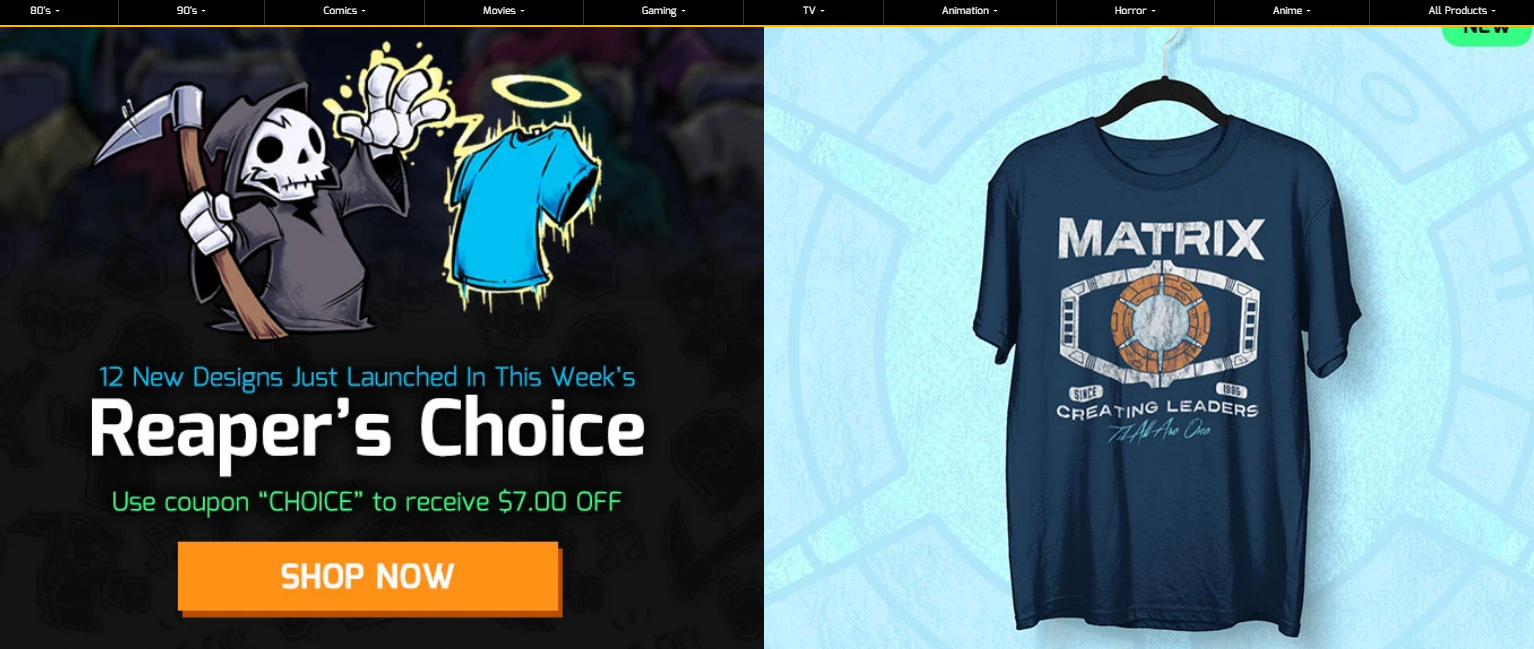
UniDays
Websites like UniDays offer special discount cards to students, which give them discounts for popular brands. This is a good tactic if you want to attract a younger crowd.
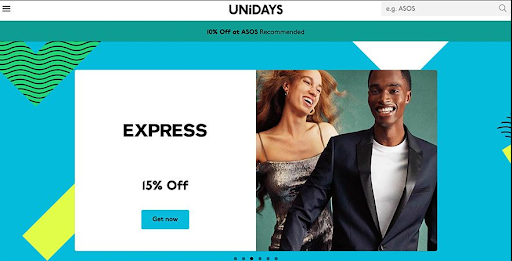
Spin-a-Sale
Websites like Shopify have an app that allows your users to win a discount. It’s an exit intent discount spinner which pops up as they try and leave your website. The spinner won’t appear every time they exit, which means a sense of urgency is created.
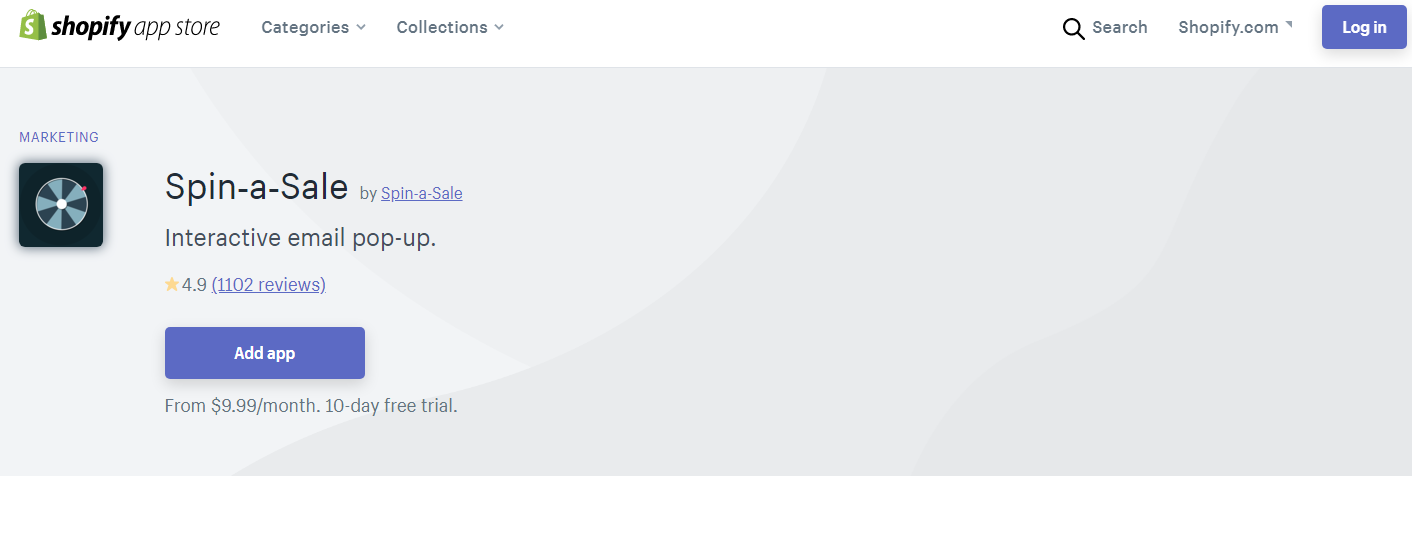
Incremental Closing
By segmenting your sale into a series of small commitments, your customers will be more comfortable with saying “yes” to your suggestions.
Before talking to your customer, make mental notes of requests that you’ll make at the end of every interaction. They need to be mutually beneficial, and as you form a trustworthy relationship these requests will grow into a closed sale.
For example, after the first contact you could ask your customer for their cell phone number so your next interaction is more personal. If they have a positive opinion after the first demo, try and reach their procurement team, as they have more authority and knowledge when it comes to closing the sale.
Present Them With a Sales Plan
Even though you might have made hundreds and thousands of successful sales, it might be your customer’s first time. If you play it right, this might actually make it easier to close the sale, as their decision-making process won’t be affected by a previous negative experience.
Make the first step and ask your customer “Have you purchased something similar in the past?” If the answer is “No,” offer your expertise, and together craft a sales plan that’s comfortable for them and benefits you, as it shortens the sales cycle.
With it, you’ll present your customer with possible obstacles they might face, as well as clear steps in the process so they don’t waste time.
Be on The Lookout For Objections
Don’t shy away from objections, as it can only stagnate your later process in the sales cycle. During their career, sales reps will encounter a whole plethora of objections, most of them appearing early on in the process. With experience, your sales reps will learn how to handle instant reactions like: “I don’t have time right now” or “We are still working on our budget”.
Sales reps need to realise these responses are not hard no’s from the customer, but an opportunity to win them over. Use this opportunity by clearing any misconceptions they might have, and showing them how exactly your product can solve those objections.
If you’re interested in sales objections, have a look at this article we published last month.
Clean Your CRM Data
By cleaning your CRM data, your contact list won’t be outdated and you won’t waste time contacting cold leads.
This is done by segmenting your contact list based on when they last opened or replied to your email. If that happened a few sales cycles ago, it’s best to mark that contact as “cold” and archive or delete them from your cycle. Also delete contacts that unsubscribed or if your email returned to you, meaning the email address is invalid.
Complete Guide on How To Sell
For more information on sales techniques and overcoming sales objections you might like to read our Complete Guide on How to Sell.
Really Simple Systems is now Spotler CRM
The same great technology, a CRM platform that is focused on the needs of B2B marketers, provided by the same great team, at a great price!
